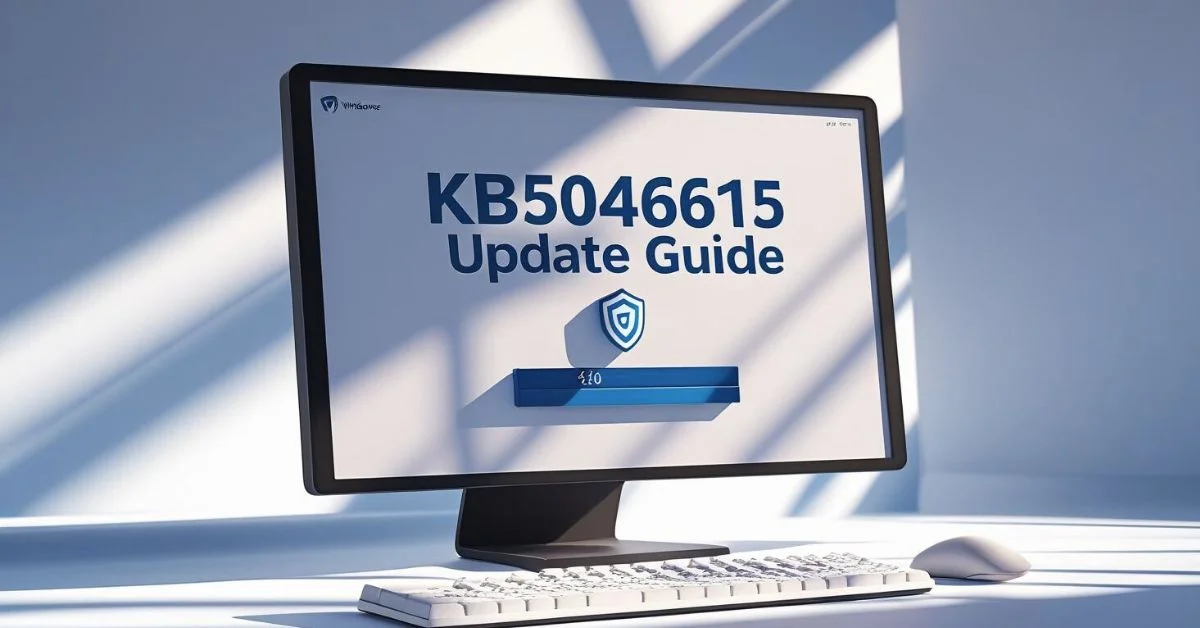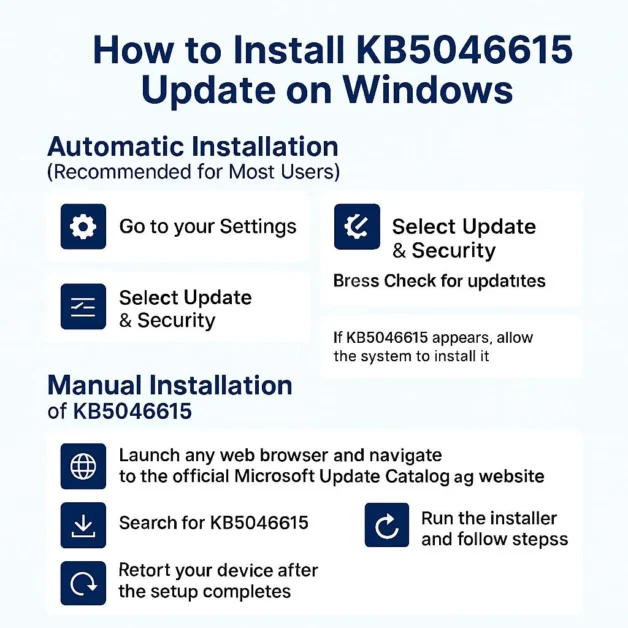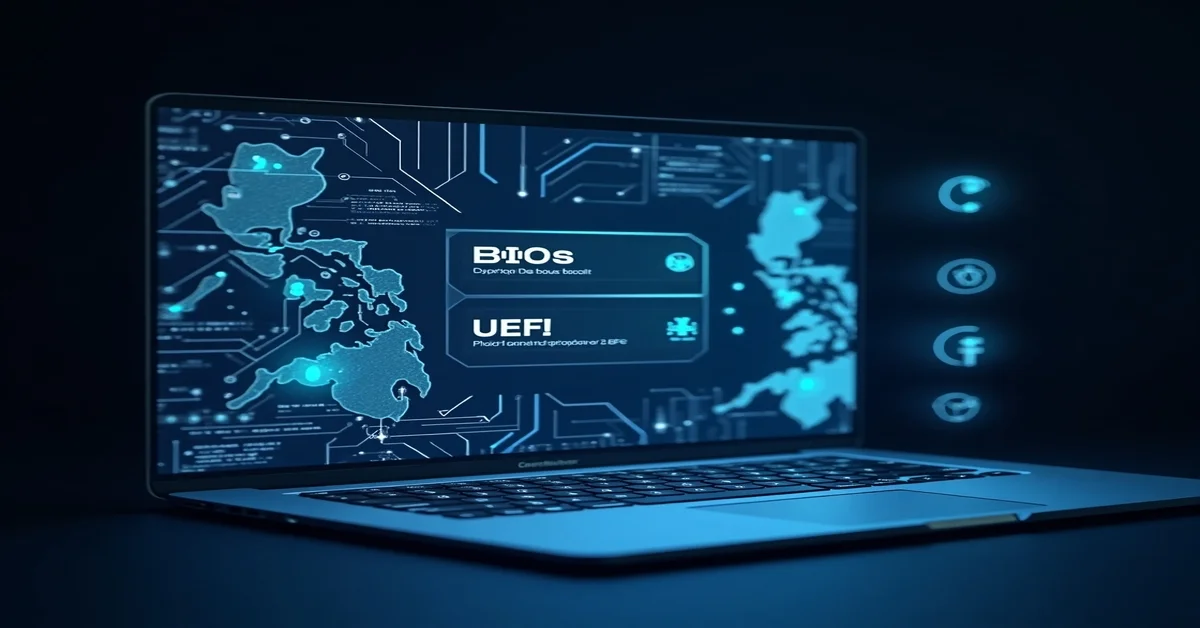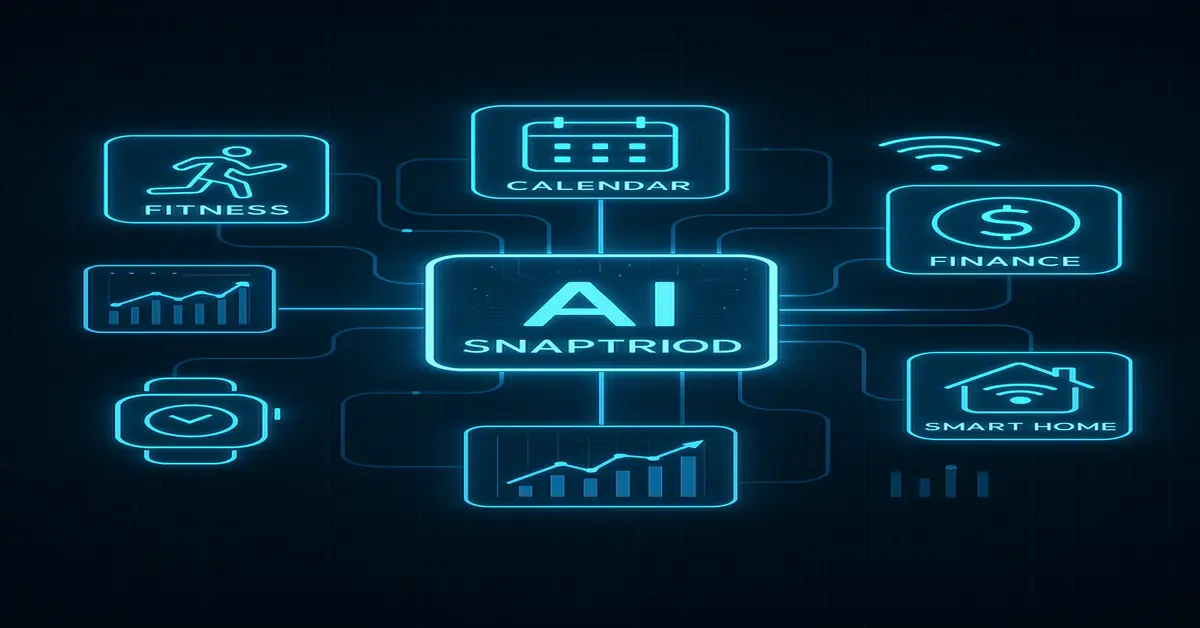On November 12, 2024, Microsoft made the KB5046615 update available for users of Windows 10 version 1809 and Windows Server 2019. This version is a cumulative security update that brings together earlier patches with the latest improvements to security and system performance. Its purpose is to enhance system security and boost overall stability, helping your device function more smoothly and securely.
What Is a Cumulative KB5046615 Update?
A cumulative update like KB5046615 bundles all earlier fixes along with new improvements into one single package. This means once you install it, you automatically receive all prior patches as well. It’s a time saving and efficient way to stay current.
Who Should Install the KB5046615 Windows Update?
The KB5046615 update applies to:
- Windows 10 Enterprise LTSC 2019
- Windows 10 IoT Enterprise LTSC 2019
- Windows 10 IoT Core LTSC 2019
- All variants of Windows Server 2019
If you’re using any of these versions, applying this update is important to keep your system safe and running smoothly.
KB5046615 Fixes and Improvements
Here’s a breakdown of what’s included in the KB5046615 patch:
- Fix for Virtual Switch Failures: Solves a bug that caused crashes when using virtual switches with advanced network settings.
- Stronger Driver Blocklist: Adds more unsafe drivers to the deny list, lowering the risk of vulnerabilities.
- Updated Servicing Stack Components: Enhances the internal update tools to ensure future patches install properly and without errors.
- Broader Security Enhancements: Strengthens various parts of the Windows system against potential threats and bugs.
How to Install KB5046615 Update on Windows?
1. Automatic Installation (Recommended for Most Users)
- Go to your Settings
- Select Update & Security
- Press Check for updates
- If KB5046615 appears, allow the system to install it
- Restart your computer once the process finishes
2. Manual Installation of KB5046615
- Launch any web browser and navigate to the official Microsoft Update Catalog website
- Search for KB5046615
- Download the version that matches your system
- Run the installer and follow the steps
- Reboot your device after the setup completes
KB5046615 Update Issues and Fixes
1. What to Do if KB5046615 Gets Stuck?
Some users mentioned their update stops midway, often around 20% or 74%. Here are some tips:
- Free up space (aim for at least 10GB)
- Pause antivirus software temporarily
- Unplug USB devices that aren’t needed
- Restart and retry the installation
2. Common Error Codes and How to Fix Them
If error messages like 0x80070003 or 0x800f0922 pop up:
- Access the built-in tool for fixing update problems by navigating to Settings, selecting System, and then choosing the Troubleshoot option
- Run a system scan by opening Command Prompt and typing: sfc /scannow
- If nothing works, consider getting the update directly from Microsoft’s official update site and installing it yourself.
- You can also reset the update process by clearing out temporary files found in the SoftwareDistribution folder
How to Confirm KB5046615 Is Installed?
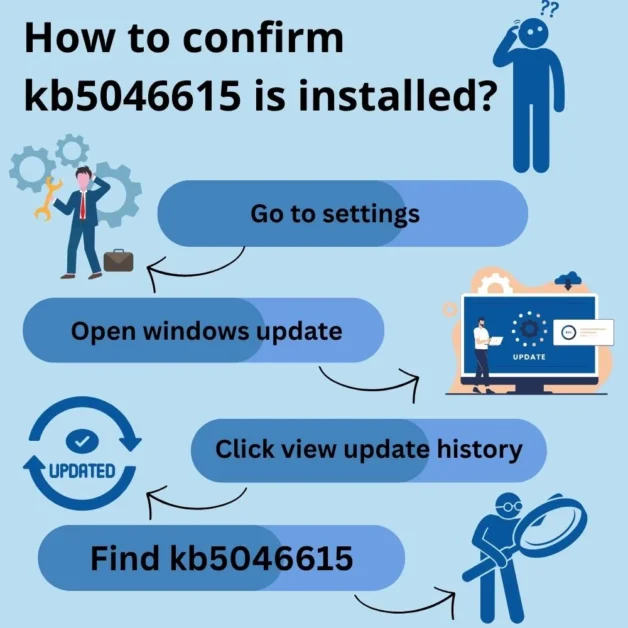
To check if this update is already on your system:
- Go to Settings > Windows Update
- Click on View update history
- Look for KB5046615 in the list
If you spot it, that means the update was installed correctly.
Why Installing KB5046615 Windows Update Is Important?
Here’s why this update matters:
- Improved Protection: Shields your system from recent security risks
- Smoother Performance: Fixes glitches and improves overall stability
- Prepares for Future Updates: Enhances the system’s update engine for easier future installations
- Reliable Operation: Reduces the risk of crashes and system errors
It’s especially crucial for enterprise systems where downtime or data loss can be costly.
Security Problems Addressed by KB5046615
The KB5046615 patch blocks threats that could:
- Let attackers break into your computer remotely
- Install harmful programs without your knowledge
- Exploit outdated drivers to damage system components
- Alter system processes or steal data
Applying the update acts as a strong shield against these kinds of attacks.
Best Practices Before Installing KB5046615
- Make Backups: Always save your files before making big system changes
- Update Drivers First: New updates work better with recent drivers
- Use Stable Internet: A weak connection can interrupt installation
- Be Patient: Some systems, especially servers, may take longer to update
Server-Specific KB5046615 Installation Tips
If you’re using Windows Server 2019, keep in mind:
- Apply updates outside business hours to avoid downtime
- Test the update on non-critical machines before deploying widely
- Review logs to confirm everything installed properly
- Use PowerShell if you’re managing multiple servers
User Experience and Feedback on KB5046615
People across forums and help centers shared their experience:
- Most installations went smoothly, though some took time
- Manual installation helped when automatic methods failed
- Restarting the device more than once sometimes resolved stuck updates
Final Thoughts
The KB5046615 update is an essential part of keeping Windows 10 (1809) and Server 2019 devices safe and efficient. Whether you’re updating a personal computer or a business server, staying current with updates like this is a smart move.
The update process is simple and troubleshooting steps are available if needed. If you haven’t updated yet, now’s a good time install KB5046615 to maintain a smooth, secure computing experience.
